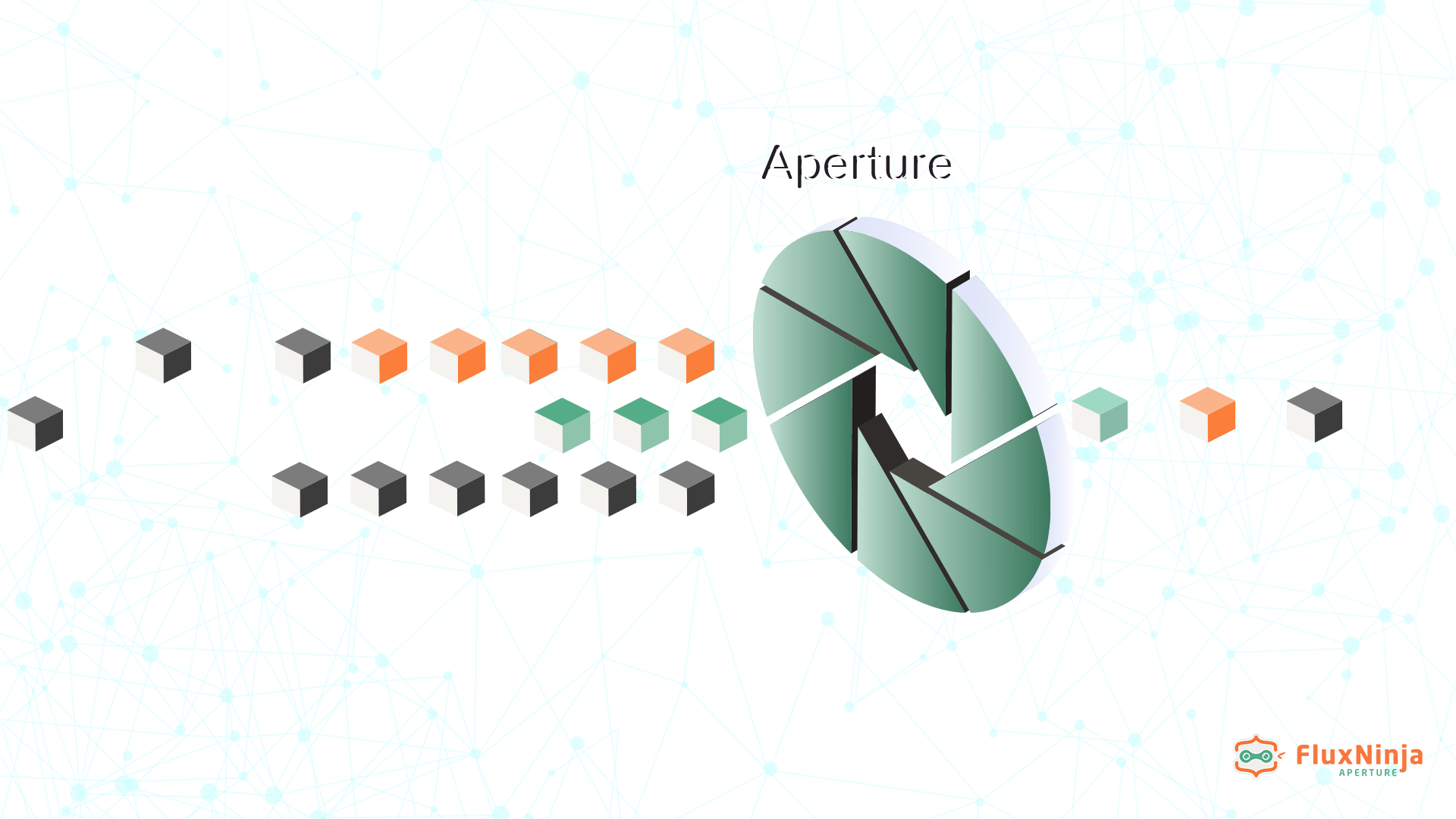Imagine a bustling highway system, a complex network of roads, bridges, tunnels, and intersections, each designed to handle a certain amount of traffic. Now, consider the events that lead to traffic jams - accidents, road work, or a sudden influx of vehicles. These incidents cause traffic to back up, and often, a jam in one part of the highway triggers a jam in another. A bottleneck on a bridge, for example, can lead to a jam on the road leading up to it. Congestion creates many complications, from delays and increased travel times, to drivers getting annoyed over wasted time and too much fuel burned. These disruptions don’t just hurt the drivers, they hit the whole economy. Goods are delayed and services are disrupted as employees arrive late (and angry) at work.
But highway systems are not left to the mercy of these incidents. Over the years, they have evolved to incorporate a multitude of strategies to handle such failures and unexpected events. Emergency lanes, traffic lights, and highway police are all part of the larger traffic management system. When congestion occurs, traffic may be re-routed to alternate routes. During peak hours, on-ramps are metered to control the influx of vehicles. If an accident occurs, the affected lanes are closed, and traffic is diverted to other lanes. Despite their complexities and occasional hiccups, these strategies aim to manage traffic as effectively as possible.


